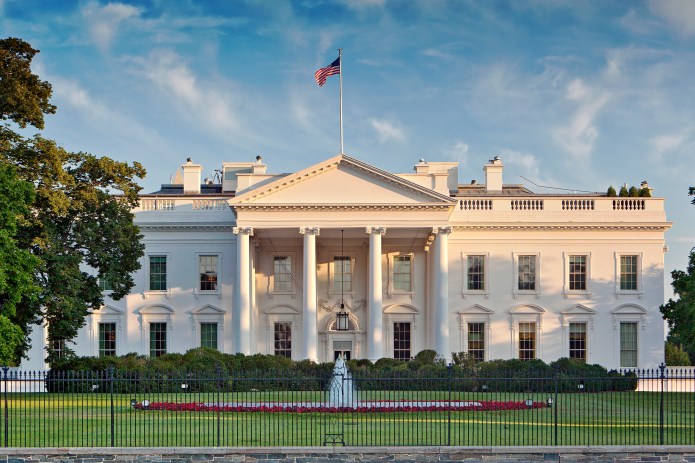Quick View: The Trump bump all over again
Donald Trump's return to the White House is anticipated to inject further stimulus into the US economy, with Portfolio Manager Oliver Blackbourn outlining how financial markets have initially responded with optimism.

3 minute read
Key takeaways:
- The re-election of Donald Trump signals a continuation and likely an increase in economic stimulus measures.
- The immediate aftermath of the US election has triggered notable optimism in global equity markets, with futures indicating a strong opening for major US indices.
- The potential for tax cuts and further stimulus is supporting strong performance from US small- and mid-cap stocks, as well as the US dollar, but pose a challenge for US Treasuries as the Federal Reserve may be less inclined to cut interest rates.
Yet another divisive US election looks to have brought Donald Trump back into the White House, defeating Kamala Harris as prediction markets had suggested for some time. In addition, the Republicans have flipped the Senate, taking over 50 seats, and are doing well in the race for control of the House of Representatives, although this remains too close to call for most commentators at the time of writing. This outcome is expected to result in more stimulus for the US economy, although the scale will be dependent on whether Republicans have full control of Congress.
As expected, following such a major event, markets have reacted rapidly ahead of the US opening bell. Futures markets suggest the S&P 500 will open up over 2% and the NASDAQ up 1.7%. However, the standout parts of the US market are the S&P Midcap 400 and Russell 2000 indices, where futures are showing gains of over 4% and 5% respectively. This is unsurprising given the indications that Republicans will look to keep existing tax cuts in place and aim to do more. Perhaps the most surprising outcome so far is the strength of stock markets outside of the US. European and Japanese equities are performing well, and the downside in China is perhaps less than many had feared despite the negative impact of the incoming President’s stance on global trade. The US dollar is seeing strength across the board as markets consider the potential impact of further tariffs on imports and Federal Reserve cuts have been further priced out. US Treasury yields have risen sharply, due to both the continued evolution in interest rate expectations and the potential for higher inflation.
Words into action
Markets are now likely to start thinking about how the rhetoric translates into policy, with every pronouncement in the coming months going to be pored over for hints. With the general view that both parties would continue to run budget deficits, it looks likely that the US economy will remain hooked on the growth high of fiscal stimulus. The effect that this has on the Federal Reserve (Fed) may take some time to become clear as the central bank will be reluctant to take anything into account until there is greater policy clarity.
Markets will need to wait to see whether the Fed is willing and able to push back against a hot economy. The US economy has been performing strongly, as shown by 2.8% annualized growth in the third quarter, and a continued run of positive data surprises. However, with the prospect of fewer interest rate cuts, bond markets already worried about the US debt mountain, and rising long-term Treasury yields, investors need to be careful that higher-for-longer doesn’t start to become a problem for the economy. A soft landing feels broadly priced in, but there are cracks in some areas of the economy that may widen if interest rate cuts do not materialise to a large enough degree. For the moment though, markets are focused on the upsides that come with certainty after an election and the prospect of pro-growth policy.